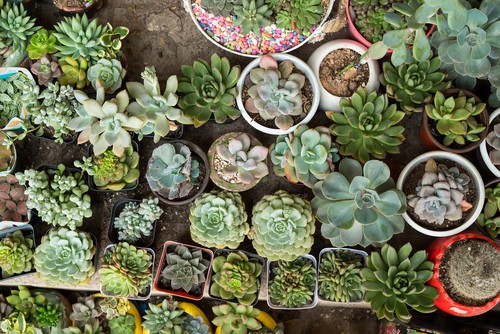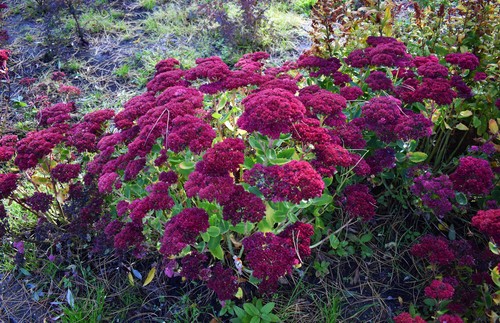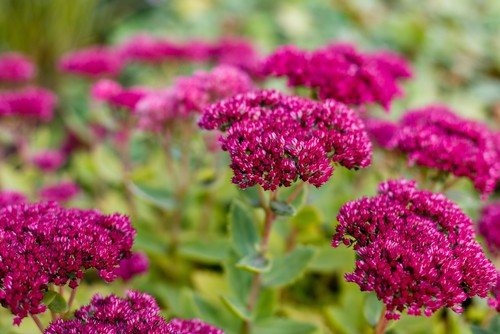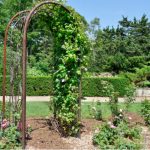Last updated on May 18th, 2022
Our site is reader supported, this means we may earn a small commission from Amazon and other affiliates when you buy through links on our site.
Sedums come in many varieties, with over 400 species currently available, all with different foliage, flowering colours and times. They vary in size as well and these incredible variations make them very well suited to just about any garden you might have and are just at home indoors as they are outdoors.
They look beautiful with their waxy green foliage and even more beautiful when they flower.
Check out 10 of our favourite alpines rockery plants by reading our guide here
Plant in full sun and moist but free-draining soil

Growing them is quite easy, no matter which of the varieties you have chosen, as long as you take note of the fact that they enjoy being in a sunny position, they don’t like their soil drying out and they need free-draining soil.
They will grow happily in partial shade if you have no other option, however, they probably won’t flower as well as they would have if they were in a spot where there is full sun. If you have full shade it’s best to consider a different plant.
You can check out our recommended plants for shady positions in our guide here.
Very low maintenance plants

Many people turn to the Sedum plant because of how easy they are to maintain and the fact that very little is required of you. Another positive aspect of this gorgeous plant is that they attract butterflies and bees in many cases to your garden.
Butterflies love them
The Sedum is known as a butterfly’s best friend so if you can plant them near a seating area in your garden you will enjoy a flush of bees and butterflies as they come to feed on the flowers.
Very hardy, even in heavy snow
You don’t want to deadhead Sedums because they look great all year round, even if you live in an area with a lot of snow in the winter. They will look stunning with the snow delicately sprinkling the top.

Cutting back in spring just above the new growth
In the spring when you see the new growth visible, it means it’s time to cut them back to just above the new growth.
They look very attractive most of the year and when you overwinter them you can always leave the flower heads in place to add more texture and structure to your garden before you cut them back in the spring.
One thing to be concerned about is that they have a tendency to spread outwards, leaving the centre of the plants somewhat bald. This is usually what happens when they are grown in too much shade. One little tip you can use to make them bushier is to pinch out the plants as they try to get taller.
Propagating
You can easily propagate Sedums and produce even more plants by taking these extra cuttings and propagating them. Believe it or not, use can use nothing more than a vase of water and leave them there until you notice the roots appearing and then place them into small pots with compost until they are fully rooted. Once rooted they can be planted outside.
To learn more about propagating alpines click here to read our step by step guide


